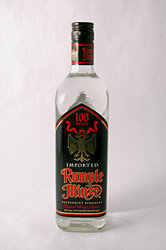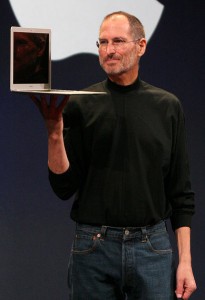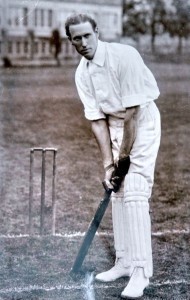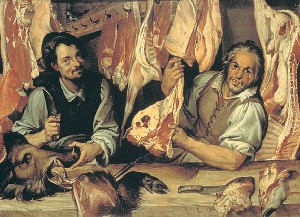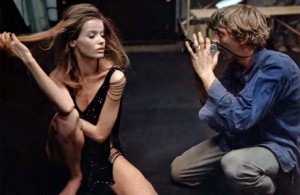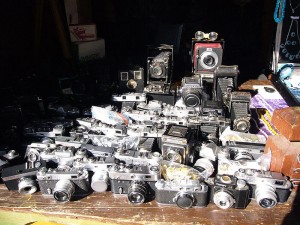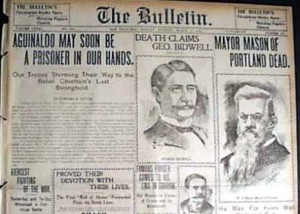
"Mr. Wellman copied eight columns of the 'Bulletin.'"
If you think today’s workers waste time merely because there are so many hand-held gadgets to play with, then have a look at this article in the November 6, 1896 Brooklyn Daily Eagle. In this piece, which originally ran in the San Francisco Bulletin, some Bay Area chucklehead wasted about six hours of company time with the aid of just a pen and a postcard. An excerpt:
“Walter D. Wellman, a bookkeeper in the employ of Anspacher Bros., the commission merchants, has performed the remarkable feat of writing in long hand 7,068 words on an ordinary postal card. About two months ago M.C.F. Grincourt, a Frenchman, succeeded in writing 5,454 words in French on a postal card. M. Grincourt’s feat made a great sensation, and his postal card was for a long time on exhibition at the Examiner office. An account given in the columns of the Examiner represented this as the finest and closest writing ever accomplished. But Mr. Wellman has far excelled the Frenchman, not only in the number of words he has succeeded in getting upon the postal card, but in the length of the words he used also.
M. Grincourt copied a portion of one of Victor Hugo’s novels, in which the words were notoriously short. Mr. Wellman copied eight columns of the Bulletin, selected from three distinct articles, so that he could not be accused of copying from one writer whose vocabulary consisted chiefly of short words. There were 110 lines on M. Grincourt’s postal card and 154 on Mr. Wellman’s. Mr. Wellman also asserts that he had plenty of room to spare and could easily have gotten in 8,500 words.
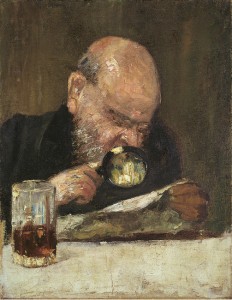
"The postal can easily be read with a glass, and a person with a good eye can read it without the help of a glass."
He worked on it for fifteen days, at odd moments, when he could escape from his business duties. He says he could have accomplished it in six hours of steady work. He wrote it at a pace of fifty words a minute, while his pace in writing the ordinary size is from thirty-five to forty a minute. The postal can easily be read with a glass, and a person with a good eye can read it without the help of a glass. A fellow clerk of Mr. Wellman easily read the postal with his naked eye, but begged off from all postals being written in this fashion. The 7,068 words are written with an ordinary steel pen in violet ink. The ink is a mere matter of chance, and has nothing to do with the fineness of the work.
Mr. Wellman has never done any work of this kind before. His only practice was in writing the Lord’s prayer. Without the slightest difficulty he accomplished the feat of writing these seventy-two words in a space no larger than a gold quarter of a dollar. The writer of this curiousity is a young American, 28 years old. He is near sighted and wears glasses, but his eyes must be very strong, as he has suffered no pain or inconvenience from this close work. In fact, his near sightedness may help him a little, as near sighted people usually see things at a close range much better than people of ordinary sight.”

